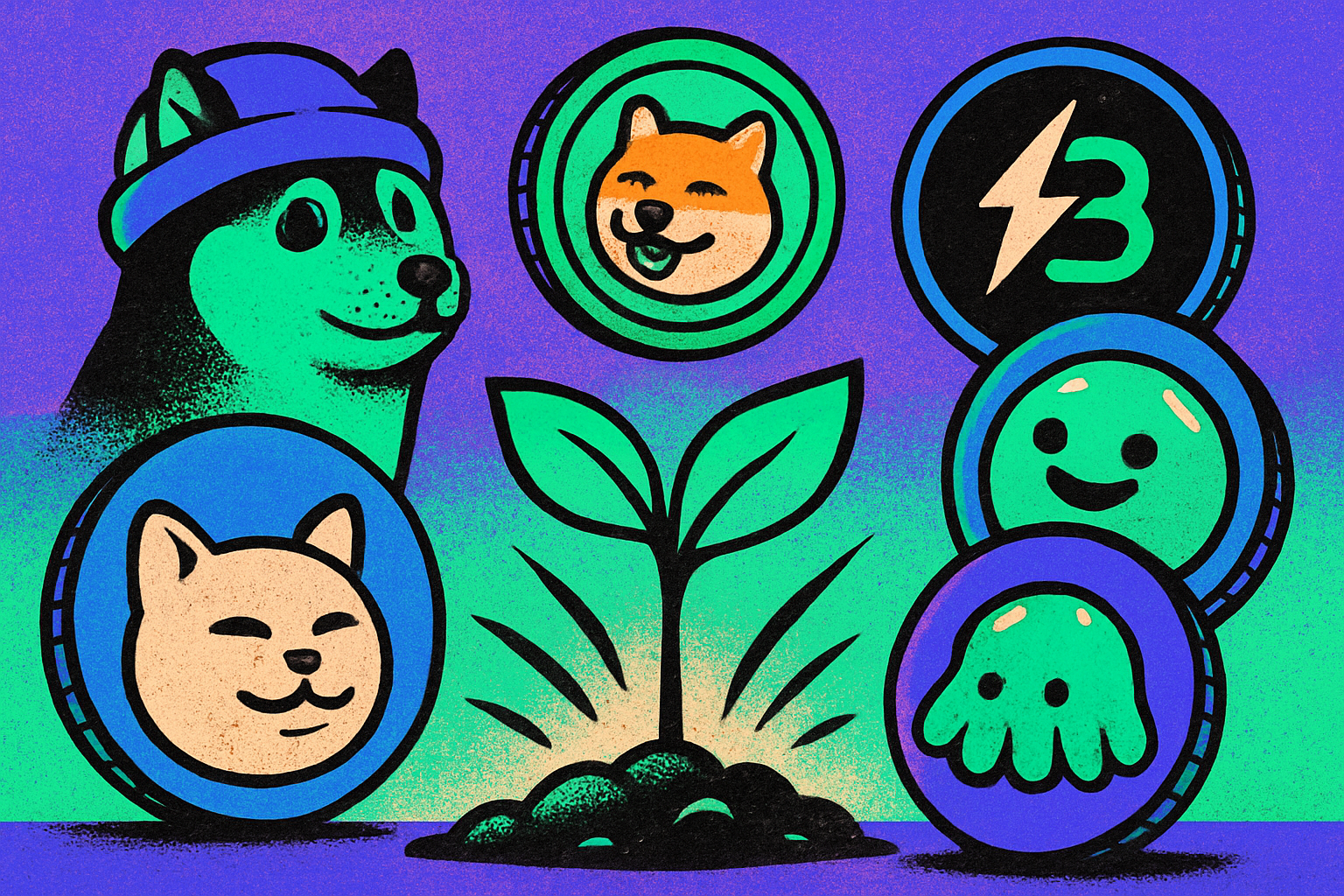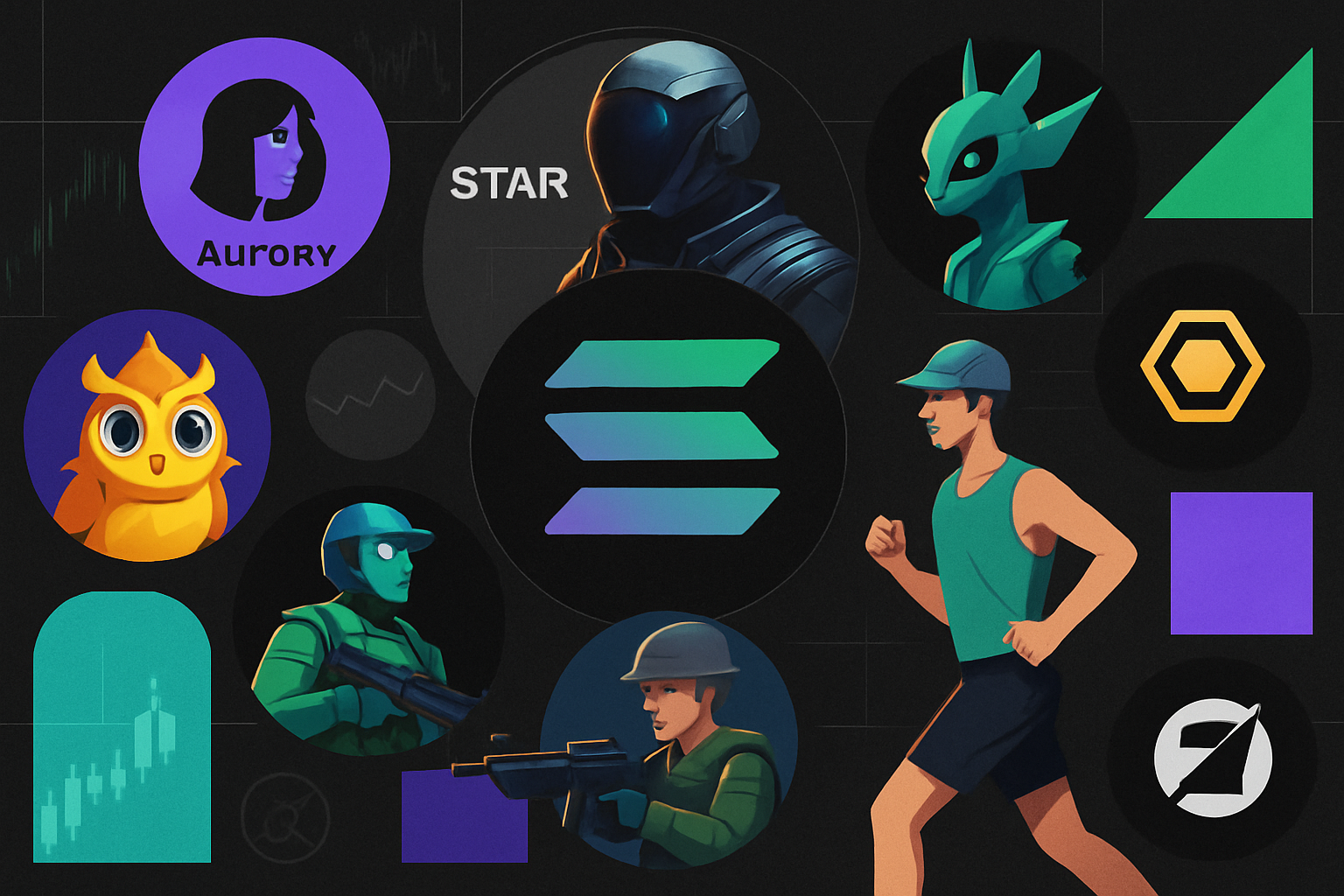
Pump. fun has redefined the Solana memecoin landscape in 2025, transforming from a novel experiment into the undisputed launchpad of choice for viral token creators. Its meteoric rise is not just a story of technological innovation but also one of community-driven speculation, rapid iteration, and controversial market dominance. As of November 2025, Pump. fun boasts over 6 million tokens launched and has generated hundreds of millions in platform fees, capturing the attention, and sometimes ire, of both retail traders and institutional observers.

Pump. fun’s Disruptive Model: How Simplicity Fueled Mass Adoption
The genius behind Pump. fun lies in its radical simplification of meme token creation. By offering a user interface that enables anyone to launch a fair-launch Solana token in under a minute, it democratized access to the memecoin phenomenon. Unlike legacy platforms that required technical know-how or upfront capital for liquidity pools, Pump. fun automated every step, minting, initial liquidity provision, and instant DEX listing, directly on Solana’s high-throughput blockchain.
This frictionless experience has driven explosive growth. According to recent data, Pump. fun now captures 91% of daily Solana token listings, dwarfing competitors like Moonshot and MemeX. Its approach has been lauded for enabling viral trends to materialize rapidly; within hours, obscure internet memes can become multi-million-dollar micro-cap tokens traded by tens of thousands worldwide.
The PUMP Token Launch: Price Milestones and Economic Impact
A pivotal moment arrived on July 12,2025 with the launch of Pump. fun’s native utility token, PUMP. The sale offered 150 billion tokens (15% of total supply) at $0.004 each, instantly valuing the project at an impressive $4 billion. This event not only galvanized community interest but also established PUMP as a top-10 asset by trading volume on Solana DEXs during its debut week.
The introduction of PUMP coincided with new economic incentives for creators. In May 2025, Pump. fun rolled out a 50% revenue-sharing model, allowing token creators to earn half the trading fees generated by their projects, a move widely credited for raising the quality bar among new launches. The combination of direct financial rewards and viral exposure catalyzed a fresh wave of experimentation across the memecoin sector.
Market Dominance Amidst Volatility and Controversy
Market data from August 2025 underscores Pump. fun’s dominance: it handled $946 million in trading volume across 391,000 unique addresses within just 24 hours. Yet this rapid ascent has not been without challenges. The platform suffered an 80% drop in monthly revenue by July 2025, falling to $24.96 million from its January peak, a stark reminder that memecoin mania is inherently cyclical and susceptible to shifting trader sentiment.
Regulatory scrutiny intensified after allegations surfaced regarding illegal live-streamed content used to promote certain tokens on the platform. These incidents led to bans in jurisdictions like the UK and ongoing legal actions in the U. S. , fueling debate about responsibility and oversight within decentralized ecosystems.
PumpSwap: Consolidating Liquidity Within the Ecosystem
To address fragmentation and improve user retention, Pump. fun launched its own DEX, PumpSwap, in Q3 2025. This strategic move consolidated liquidity provision under one roof while enabling seamless swaps between newly minted meme tokens and established Solana assets. The result was increased stickiness for both creators and traders who now benefit from tighter spreads and reduced slippage compared to external platforms.
Despite these advances, the explosive growth of Pump. fun has raised concerns about market saturation. With over 6 million tokens created in less than two years, critics argue that the proliferation of low-effort or outright scam projects threatens the long-term reputation of both Pump. fun and the broader Solana ecosystem. High-profile incidents, such as the $Libra scandal, have amplified calls for enhanced vetting mechanisms or community-driven curation to separate genuine innovation from opportunistic cash grabs.
Nonetheless, Pump. fun’s defenders point to its transparent fair-launch system and automated liquidity provisioning as safeguards that level the playing field. The platform’s commitment to equal access, where every participant can buy or sell from inception, stands in stark contrast to traditional VC-backed token launches rife with pre-mines and opaque allocations.
Pump. fun’s Place in Solana’s 2025 Narrative
By late 2025, Pump. fun is not just a launchpad, it is a cultural phenomenon. Its user base spans crypto-native traders, internet meme communities, and even mainstream speculators seeking quick exposure to viral trends. The platform’s ability to adapt rapidly, rolling out features like revenue sharing and PumpSwap, has kept it ahead of rivals and cemented its status as an industry bellwether.
Yet, this very success has forced Solana stakeholders to confront hard questions about sustainability and regulatory risk. As memecoin activity now accounts for a disproportionate share of on-chain transactions and DEX volume, some worry about crowding out more substantive DeFi or gaming innovation. Others believe that platforms like Pump. fun serve as vital onboarding ramps, driving awareness and liquidity that ultimately benefit the entire ecosystem.
Looking forward, much will depend on Pump. fun’s ability to balance openness with responsibility. If it can implement robust anti-abuse measures while preserving its frictionless ethos, it may continue to dominate not only Solana but also inspire similar models across other blockchains. If not, regulatory backlash or user fatigue could open the door for competitors with more curated approaches.
For now, however, Pump. fun remains synonymous with Solana memecoin innovation. Its blend of speed, accessibility, and economic incentives has rewritten the playbook for viral token creation, and set new standards for what a launchpad can achieve at scale. As 2025 draws to a close, all eyes remain on how this experiment in radical openness will shape the next phase of crypto culture.




